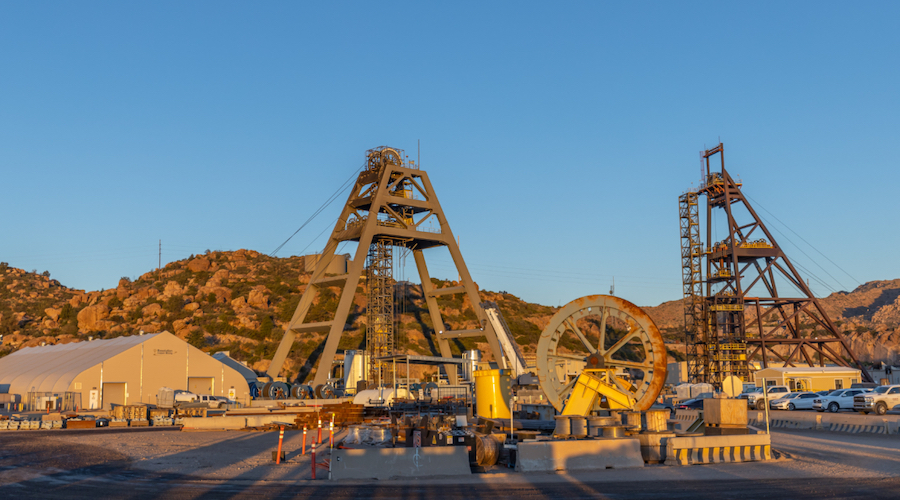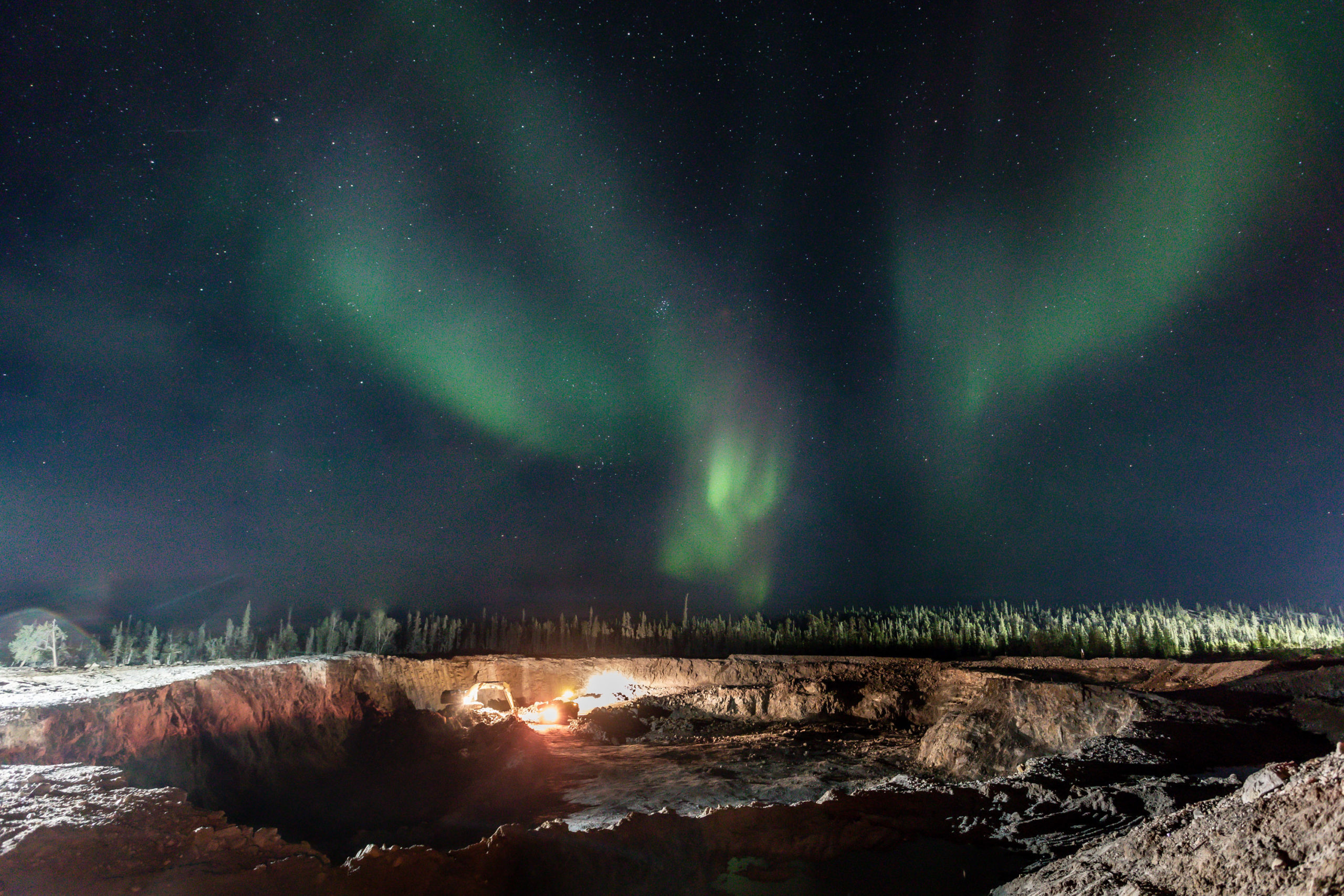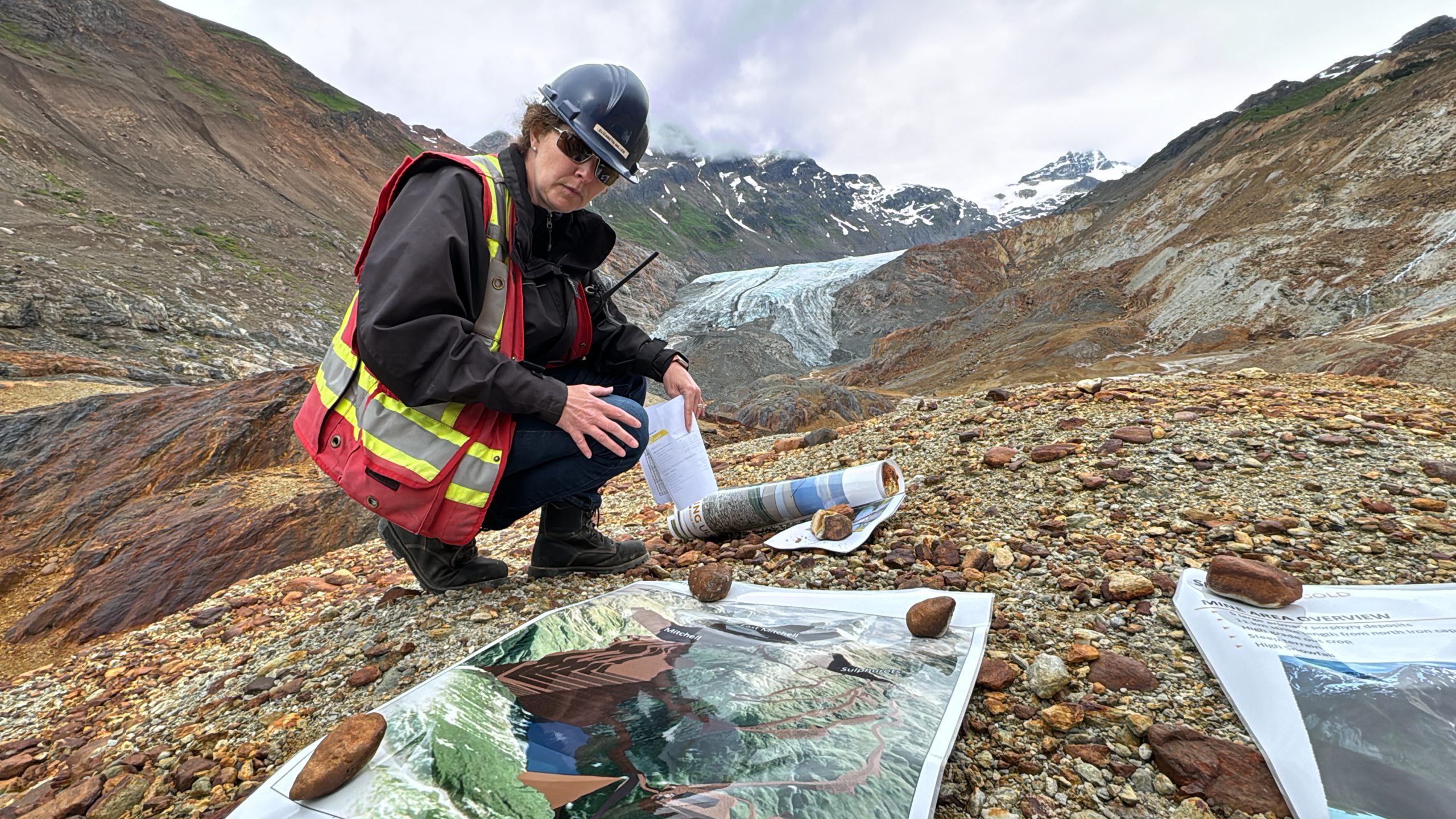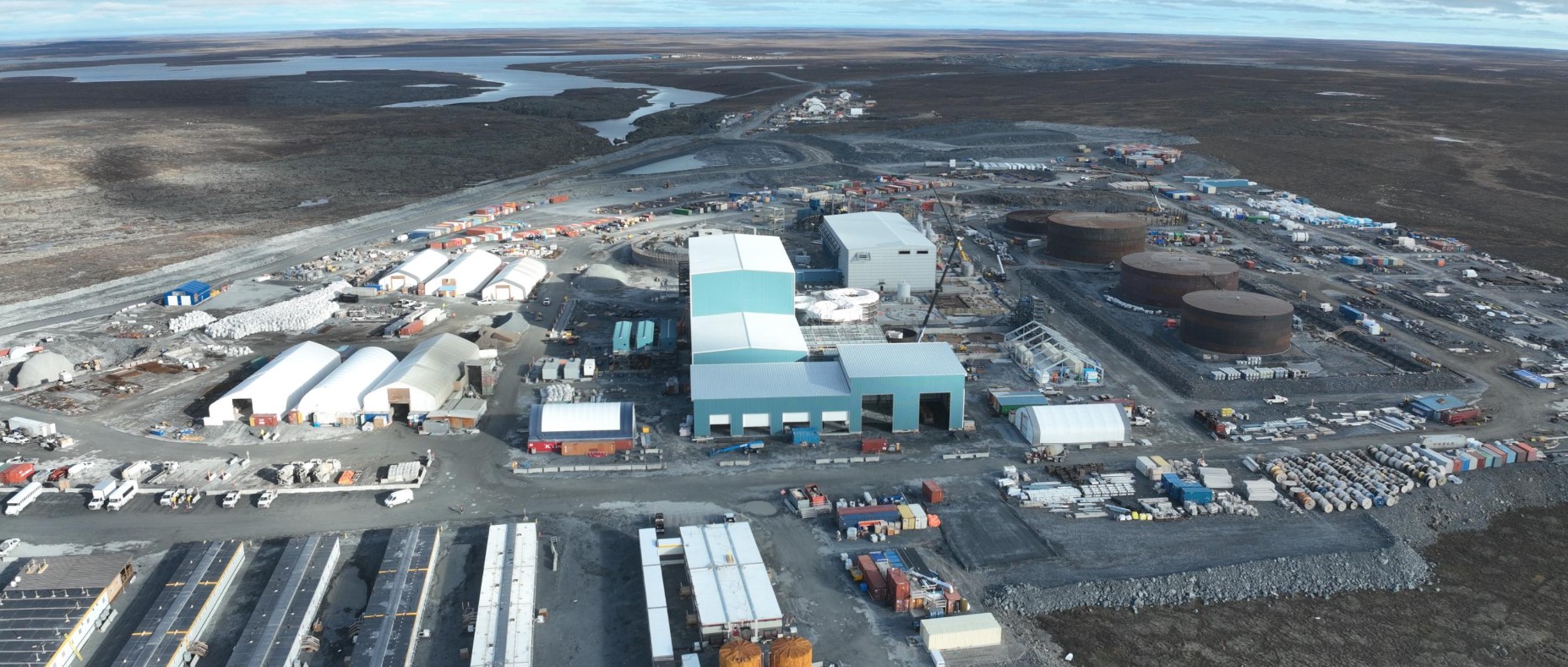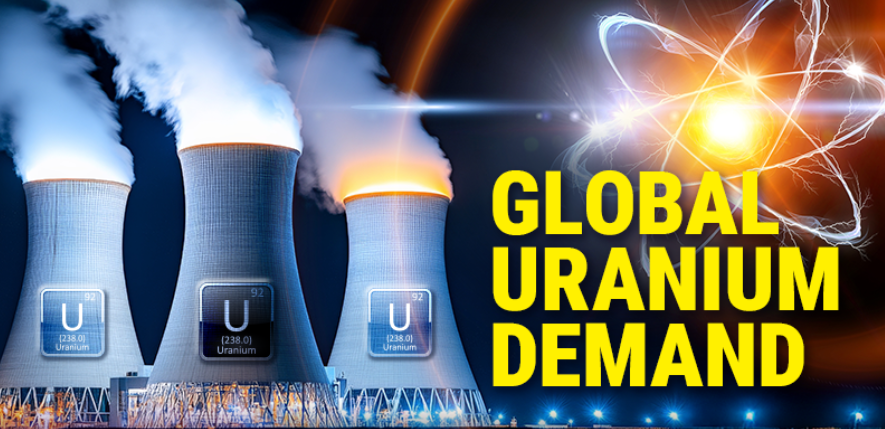I get it, who wants a mine in their backyard? This was a key reason Biden stalled the development during his term in office. You can read the whole piece here.
Mining memo’s take
I’ve followed this story for years: the Resolution Copper deposit in Arizona. With the potential to supply 25% of the country’s copper needs, it’s arguably the most important mining development in the U.S.
But the history of this deposit offers a valuable lesson on why new supply cannot be turned on like a switch.
Yes, the laws of economics state that supply is a function of demand. Rising consumption is the grease that gets the wheels of commerce turning. But this isn’t so simple when it comes to mining.
Despite Resolution’s potentially critical role in the American economy, it still hasn’t delivered its first pound of ore. That’s despite the initial discovery being made over 30 years ago, way back in 1995, when Bill Clinton was president!
But four presidents and several mining boom-and-bust cycles later, this project continues to collect dust.
As you can see, finding an ore body, drilling it out, accessing finance, developing the infrastructure, railroads, connecting it to power and water, and installing processing facilities takes a long time.
But even then, it’ll be several years before a mine reaches full production. And all that assumes the government is on your side, supporting the development.
However, as is typical of mining projects elsewhere, Resolution has faced fierce opposition. Several U.S. presidents have stalled the project.
For these reasons, new supply won’t come quickly or easily. And the clock is ticking.
Global Hunger Games
From Ukraine to Greenland, to absorbing Canada as America’s 51st state, it doesn’t take too much imagination to connect the dots on what Trump views as his most crucial agenda: The supply of raw materials.
Mineral security is defining 2025; a headline issue that’s pushed aside Bitcoin, AI, data centres, and Big Tech.
But given the timelines involved in getting new supply into the market, I suspect this condition will remain for quite some time. So, what does that mean?
Speculation returning
Commodities have been devoid of any real investment since the height of the last commodity boom back in 2011. But mining could be about to return with a vengeance.
I suspect global capital is only just starting to trickle back into the ‘old economy’, that is, a focus on basic raw materials.
That means energy, critical minerals, precious metals, and even food staples. These sectors could emerge as the new frontier for hedge funds and other major institutional investors.
While we have seen flickers of excitement, like record gold prices, we’re still far from what I’d describe as a commodity-wide bull market.
Whether it’s geopolitical wrangling, a stranglehold on new development, or a prolonged period of capital starvation, there are clear signs of an emerging cycle in commodities. James Cooper is a geologist based in Australia who runs the commodities investment service Diggers and Drillers. You can also follow him on X @JCooperGeo.
